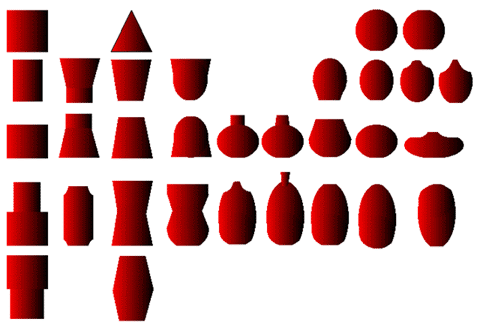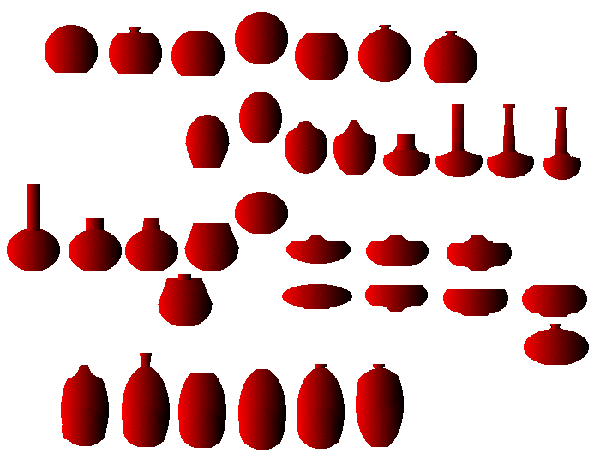Having come into an appreciable quantity of turnable Black and English Walnut branch sections of a size that could be turned into actual hollow forms (as opposed to a "forstner bit hole down the middle" form).it was time to take the plunge. I had the SuperNova2 chuck, a 1/2" jacob's chuck and, among the turning tools I've so far accumalated, a diamond 1/4 inch parting tool. I'm sure there's a better tool or tools for hollowing a form, but, with a hole drilled down the middle of the form I'd turned, the parting tool let me thin down the walls..
Now the English Walnut I was turning, unlike the Black Walnut I've played with before, seems to have very little difference in color between the heartwood and the sapwood - a plain cream color, without even a prominent grain pattern. So for the first attempts at "real" hollow forms and turning for shapes rather than chasing the grain, this stuff was perfect - no figure, almost invisible grain and no knots, inclusions etc.Was shooting for tea ceremony type cuts. Wanted also to try undercutting. Here's what turned out.

When there is no available focal point in the piece shape become crucial. So, starting with some primary 3-D forms, a cylinder, a cone and a sphere, I began doing variations and combinations, exploring combinations and variations..

Oval based forms most appealed to me so I did a bunch of variations of forms based on a sphere or ovoids.
